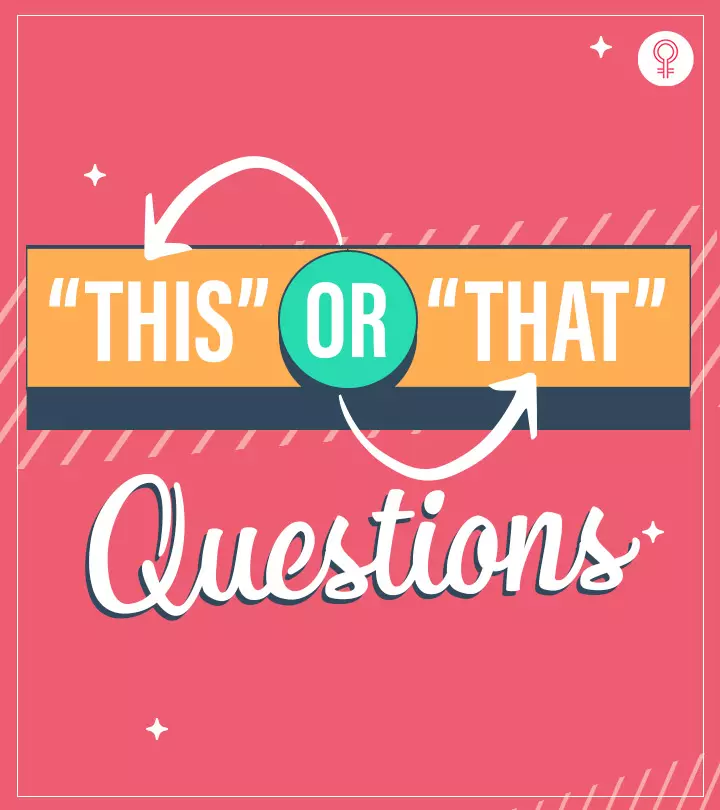How To Use Credit Cards Correctly

Image: Shutterstock
Isn’t it crazy how those little plastic credit cards in our wallets have the power to open up a world of possibilities? However, let’s face it, they can be a bit tricky to handle. It’s like having a super useful tool that could either build something awesome or accidentally wreck things if not used right. We’re here to spill those beans and show you the ropes on how to use credit cards correctly. From building your credit street cred to avoiding the debt traps that can sneak up on you, we’ve got your back. Read on to know more!
In This Article
How Do Credit Cards Work?
Here’s the lowdown on how they work:
1. Swipe Or Tap
When you use your credit card to make a purchase, you’re borrowing money from the credit card company or bank to pay for things.
2. Credit Limit
Each card comes with a credit limit. It’s like the maximum allowance your card company is letting you borrow. It’s not unlimited, so keep an eye on it.
3. Statement
Usually, every month, your credit card company sends you a statement. It’s like a report card that lists all the purchases you made using the card, along with the total amount you owe.
4. Minimum Payment
You’re expected to pay back the money you borrowed, but you don’t always have to pay it all at once. There’s a “minimum payment” you can make.
5. Interest
If you don’t pay off your entire balance by the due date, the credit card company charges you interest on the remaining amount.
6. Credit Score
How well you manage your credit card affects your credit score. Paying your bills on time and not using too much of your credit limit can boost your score.
7. Rewards And Perks
Some credit cards offer rewards like cashback, airline miles, or points for each purchase. It’s like a little bonus for using your card responsibly.
What To Look Out For
Here are some things you should pay attention to:
1. Loan interest
This is the extra cost you shoulder on top of your borrowed amount. It kicks in if you haven’t settled your debt by the grace period’s end. A lower interest rate is a silver lining, meaning you fork out less for tapping into borrowed funds.
2. Grace Period
Think of this as your financial “get-out-of-jail-free” card – a chunk of time during which you can return what you owe without incurring extra charges. Typically spanning around 30 days, it’s your window of opportunity to dodge those pesky interest fees.
3. Service Fee
This is the toll you pay for enjoying the card’s perks and services. It’s a yearly fare you shell out to keep the credit card experience rolling.
4. Other Commissions
Banks might sneak in extra charges for actions like pulling cash, zipping money across borders, or conducting transactions on foreign soil. These extra costs are like surprise guests at the financial feast.
5. Late Payment Fee
Imagine this as a wrist-slap from the bank for falling behind on your minimum payment. The longer you take to settle, the higher this fine can creep up.
6. Cashback
Banks often toss you a treat for choosing their card. It could be cash, miles for jet-setting, or some form of cashback. Those miles? Think of them as tickets to snagging plane rides or hotel stays. The reward usually takes the form of a slice from every purchase, and the juicier the slice, the more you gain. In some cases, this cashback might even cover the annual fee and other charges.
7. Other bonuses
Depending on the card’s type or payment system, the bank might slip you discounts at specific stores, a backstage pass to exclusive entertainment, travel insurance, access to posh airport lounges, or other sweet privileges.
How To Use A Credit Card Smartly
Mastering the art of credit card usage takes some savvy moves. Let’s break down the key tips to ensure you’re wielding that card like a pro.
1. Make Thoughtful Spendings
When it comes to swiping that card, hold off on the spontaneous splurges. Reserve your credit card for genuine emergencies only.
2. Make Timely Payments
Never miss the grace period and always cover at least the minimum due. This keeps pesky fines at bay and safeguards your credit history.
3. Don’t Use The Entire Credit Limit
Keep your card usage between 10-30% of the credit limit. If it’s $1,000, resist going beyond $300 per month. This maintains manageable repayment levels and nurtures a habit of living within your means.
4. Don’t Depend On It Like A Financial Aid
Remember, credit cards aren’t a substitute for a proper financial cushion. Aim to stash away enough for 3-6 months without income.
5. Don’t Withdraw Cash
Steer clear of using your credit card for cash withdrawals, as banks often tack on additional fees – sometimes up to 4%. Reserve your credit card for online shopping and digital transactions.
6. Embrace The Perks
If your credit card offers cashback, milk it for all it’s worth. Pay for daily expenses, then promptly settle with the bank within the grace period to avoid extra charges. The same goes for larger purchases – use the card, then pay from your regular account and rake in those rewards.
By understanding the nuances of credit card management, you can open the door to convenience, rewards, and financial stability. Remember, responsible usage is the key. From making well-thought-out purchases to paying on time and harnessing the advantages, these practices can transform your credit card into a valuable asset. So, what is your trick to using credit cards smartly? Let us know in the comments section!


























